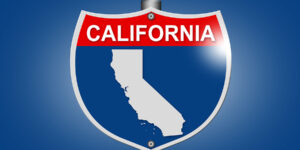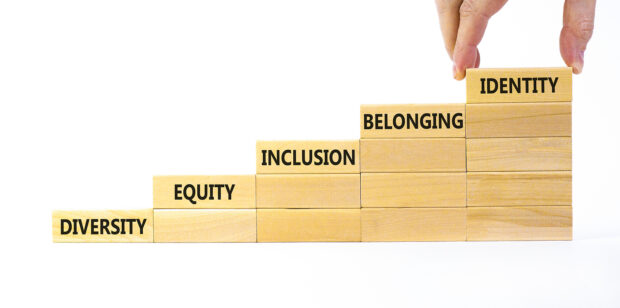Globally, women make up only about a quarter of insurance companies’ executive roles, 10 percent of CEOs and 8 percent of board members, according to a study last year by Swiss Re. And, of those with reporting lines into the CEO, only 3 percent are women of color.
This paints a picture that may not be a surprise to many of those who work in the insurance industry: It is a white man’s world. To fix this, a lot of organizations have set themselves targets of gender and ethnicity representation. But is this really fixing the root cause of the issue, or is it simply a Band-Aid to cover up years of social inequality without making true reparations? Can you really “fix” an issue of such injustice without doing an uncomfortable but crucial deep dive into what made it this way?
If diversity and inclusion (D&I) efforts are based solely on reaching diversity targets, commitment to inclusion may not be truly authentic. Having a focus on diverse representation without working to actively disrupt the systems that caused the inequality to occur in the first place is only doing half the work. The issue is that the other half of the work can be uncomfortable and cause defensiveness. We need to start having difficult conversations about the racism, transphobia, sexism and ableism (among many more) that can exist in traditional ideas of professionalism and what “good” looks like in the insurance industry. When creating a D&I approach, it can be tempting to have the easy conversations, but change truly happens when we are pushed out of our comfort zones. Therefore, we need to start having some of these difficult conversations in a safe space.
The truth is that any form of diverse representation, even at the leadership level, should not be the goal of D&I efforts. Just because you have representation of people of color at the leadership level does not mean that racism no longer exists within your organization. Just because your CEO identifies as LGBTQ+ does not mean that your policies and culture are not embodying damaging cisnormativity and heteronormativity.
If an organization’s commitment to inclusion is authentic, then diverse representation should be an important stepping stone, but it shouldn’t be the final goal. It can be incredibly tempting to give yourself a gold star if you have achieved diverse representation in a particular area of your business, but this can operate as a shiny façade that prevents you considering whether or not inequality exists in your workplace.
This is not to say that diverse representation in leadership isn’t important. Looking to the senior ranks of an organization and seeing someone who reflects your identity can inspire you to think, “They’ve done it, so I can do it, too.” But you shouldn’t mark your organization’s D&I journey as being over just because there is representation of people from historically excluded groups in positions of power within your company. In fact, if it is the case that we look to senior leadership and think, “That’s great, there’s diverse representation,” that is a sign that we still have work to do. If we are operating in a space where some people are elevated while the majority are still struggling, this is not equality.
All of this does not even begin to consider intersectionality—the shadow lurking in the corner of all conversations around diversity data in the workplace. Okay, so you have thriving LGBTQ+ representation and your LGBTQ+ network is doing great things, but have you got good representation of queer women? What about LGBTQ+ people of color? While diversity targets are important, when we focus on them, we can forget about the complexity of identity. And identity is incredibly multifaceted in a way that targets just cannot account for. Including intersectional lived experiences in all D&I conversations is crucial when driving inclusion and emphasizing its complexity and the importance of having a focus on individual needs.
When forming D&I strategies, ask yourself: Why am I doing this? Is it to help us reach that target of diverse representation in leadership, or to drive inclusivity more generally? If it is the former, then it is important to recognize that having equal representation of historically underrepresented groups within organizations can only succeed in creating a fairer, more inclusive society when it is part of a much broader movement championing social change. This means going much deeper than just numbers. It means thinking about culture and how elements of the insurance industry may be contributing toward economic racism, transphobia and homophobia.
If you are starting to think that the work seems never ending, that is exactly the point. We have a long way to go in creating workplace equality because we have a long way to go as a society, and those two things need to go hand in hand.





















 NOAA Announces Latest AI-Driven Global Weather Models
NOAA Announces Latest AI-Driven Global Weather Models  Is the AI Boom a Bubble Waiting to Pop? Here’s What History Says
Is the AI Boom a Bubble Waiting to Pop? Here’s What History Says  Insurance Costs, Climate Concerns Factor Heavily in U.S. Home Buying Decisions
Insurance Costs, Climate Concerns Factor Heavily in U.S. Home Buying Decisions  U.S., UK, and Canada Consumers Suffer the Most Data Breaches: Report
U.S., UK, and Canada Consumers Suffer the Most Data Breaches: Report 




